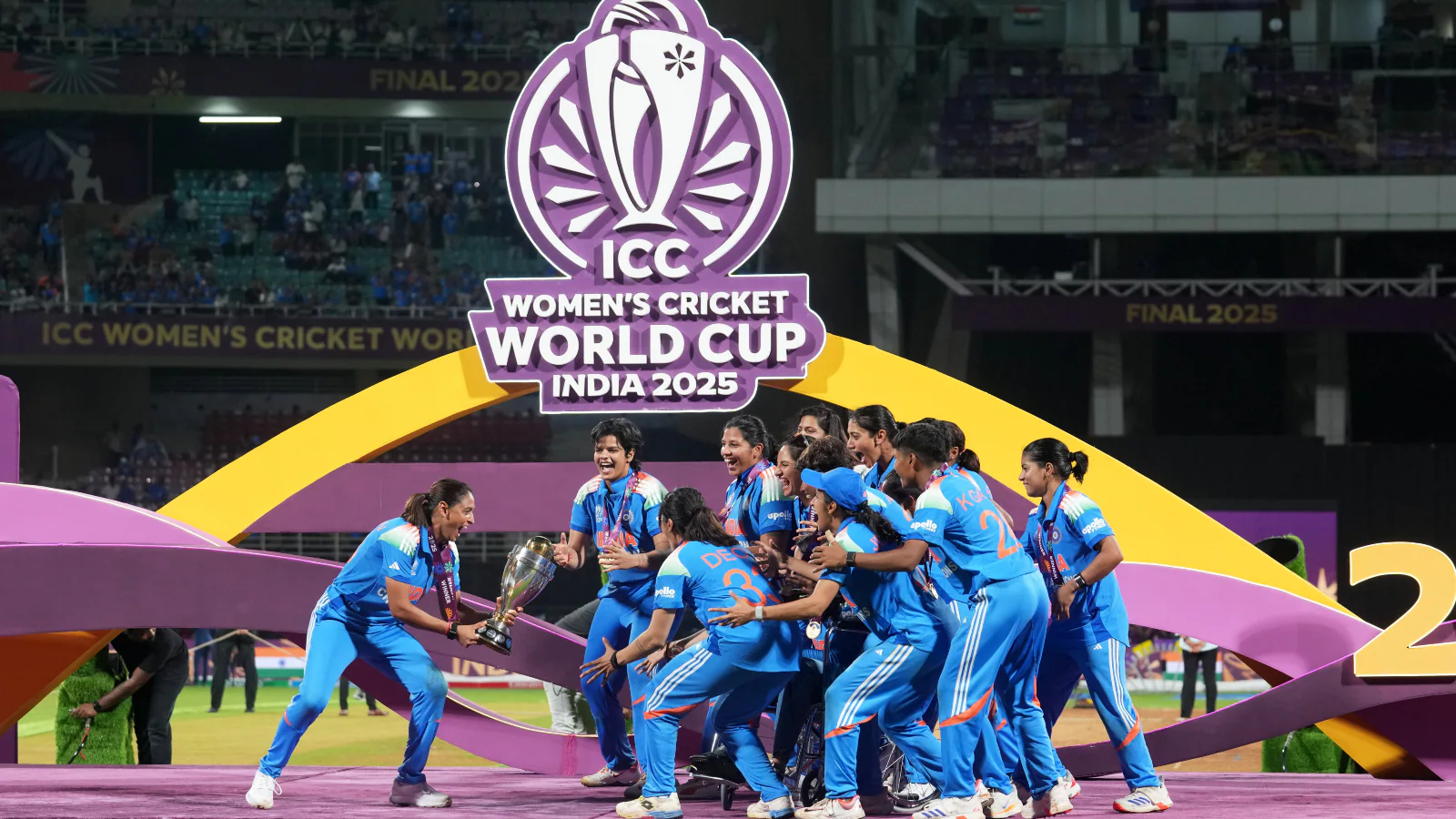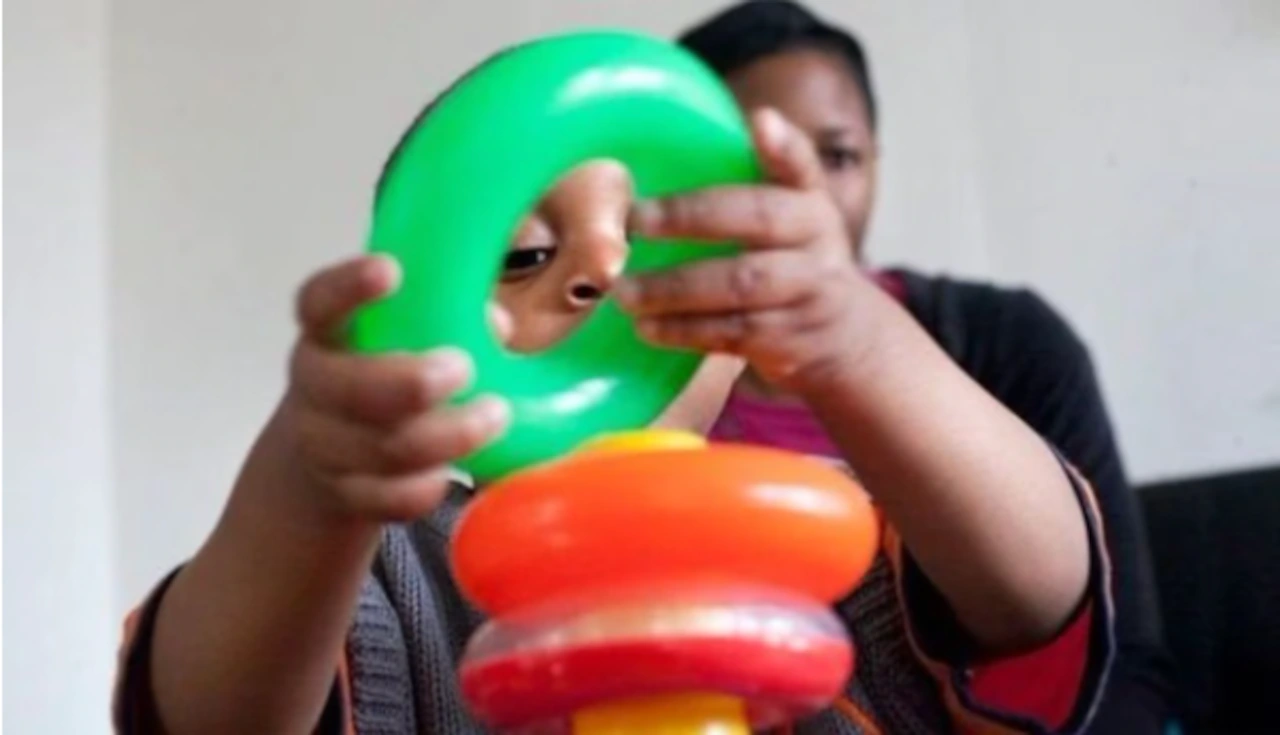Copyright news18

November 2, 2025, a red-letter day in Indian cricket history. A day when Harmanpreet Kaur’s army brought India to a standstill. Years of hard work, heartbreak and tears culminating into a triumph for the ages. India finally became world champion in women’s cricket at senior level, lifting maiden ICC trophy in front of their home fans. Deservedly, these world champions will be celebrated and showered with rewards in the coming days. BCCI has already announced a cash prize of a whopping Rs 51 crore for the entire team. While the nation basks in the glory of the historic achievement, this is an opportune moment to revisit the time when the women’s cricket in India wasn’t considered “professional sport” and there was no money in it for those pursuing it because they weren’t considered “professionals”. Foreign Tours: An Ordeal Unlike today when the sponsors make a beeline, back in 1973, the women cricketers played the game just for the passion of it and more importantly, for a chance to wear the India jersey. Nutan Gavaskar, one of the torchbearers of women’s cricket in India, recalls the days of hardships when cricketers stayed in dormitories or at the homes of the NRIs when on foreign tours. “The Women’s Cricket Association of India (WCAI) was formed in 1973 and it selected the national team till 2006 when BCCI finally took the women’s game under its wings. But when I look back, those were the days when there was no money but all those women fought on for the passion and love of the game,” Nutan, younger sister of legendary Sunil Gavaskar, told news agency PTI. “When we had WCAI, we were under International Women’s Cricket Council (IWCC) and we were straightaway told that women’s cricket wasn’t a professional sport. There was no money since we were not considered professionals,” she added. Naturally, arranging money for the trips (flight tickets, stay, food etc) was a challenge. And at times, the team had to rely on the goodwill of individuals or major corporations. “There was one tour of New Zealand where we didn’t have funds to arrange for hotel stay for the girls. No one would believe that our team stayed at multiple homes of NRI families, who were kind enough to act as hosts,” Nutan said. “On another occasion, we had Mandira Bedi, who shot a commercial for a famous diamond brand. The entire endorsement money that she got, she gave it to the WCAI and we arranged for air tickets for India’s tour of England,” Nutan said. No Attached Toilets, Sleeping On Floor Former India captain, commentator and administrator Shantha Rangaswamy recalls how they had to carry their own bedding. “From traveling in unreserved (coaches to) sleeping in dormitories on the floor, we (even) had to carry our own bedding, things like that. We had the cricket kit on the back like a backpack and (a) suitcase (in) one hand,” Rangaswamy recalled. “But then, we’re so happy that the current lot are getting all the facilities. They deserve it and the proof of the pudding is in the eating. The results are showing (now of) all the efforts the girls have put in, the BCCI, the state associations, all that has contributed to the success of women’s cricket. It almost feels surreal when Nutan recalls how during some inter-state matches, some teams only had three bats – a stark contrast today when a player carries multiple bats for practice and matches. “I have witnessed this in national competitions. Personal kits were costly and it would be a luxury. A team would have three bats. Two openers had two willows and No. 3 had the other bat. Once an opener was out, the No. 4 would get her bat and the leg guards,” Nutan said. For train journeys, lasting 36-48 hours in general compartments, women paid the fare from their pockets. “Attached toilets were a luxury. Often teams would stay in dormitories with four washrooms for 20 people and often not clean. The dal would be served from a big plastic vessel as the local association organised tournaments on a shoe-string budget,” she said. For the likes of Diana Eduljis, Shantha Rangaswamys and Subhangi Kulkarnis, match fee was an alien concept. “There were no match fees as association didn’t have any money. I know the Indian team that ended runners-up in the 2005 Women’s World Cup in South Africa got the prize money but I can’t recall if they got incentives,” Nutan said. The WCAI was active even a decade back after BCCI had taken the women’s game under its wings. “After 2005-06, I had taken a break from cricket administration but I had come back after some years. In the initial years, BCCI’s focus was only on senior women’s cricket and there was no work at the grassroots. So WCAI arranged tournaments at U-14 and U-16 levels till a certain point. Talented players would then be absorbed by BCCI,” Nutan said. “Today, nothing makes me more happy when I see women’s team travelling business class, staying in five-star hotels and getting every facility which they deserve for the hard work they are putting in,” she added.



